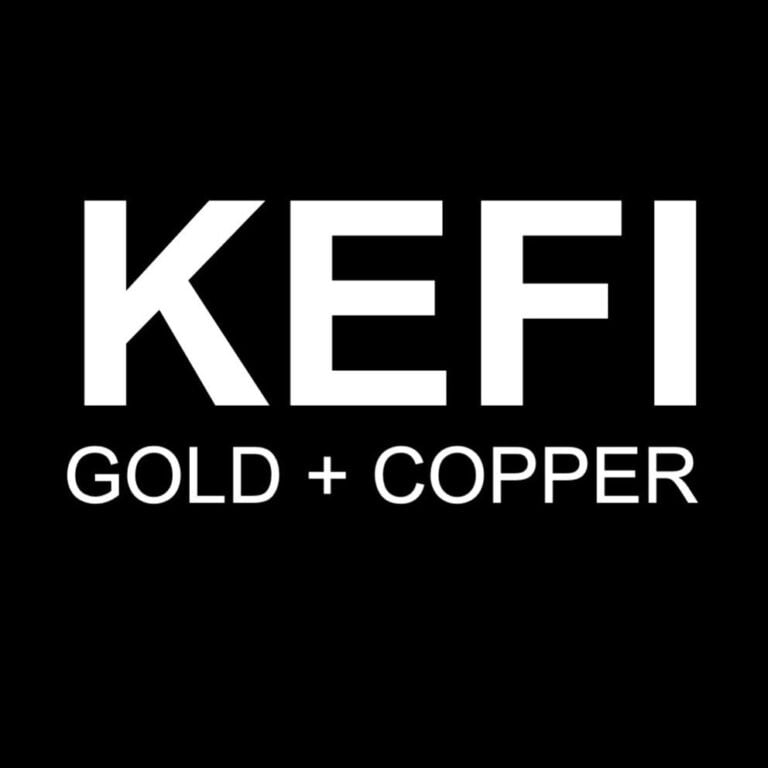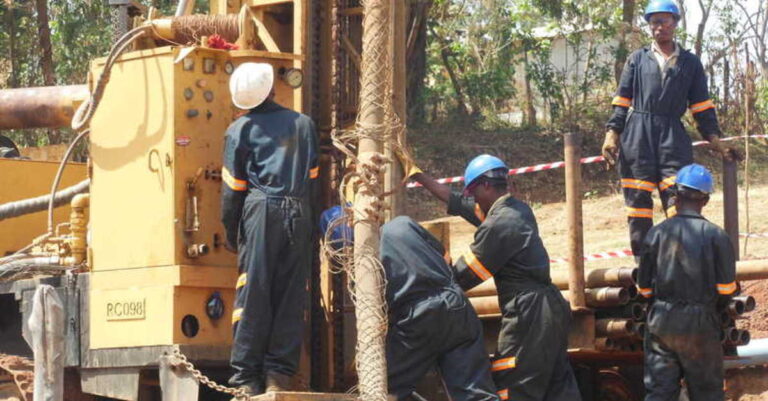A subtle tremor coursed through metal corridors when whispers of fresh import duties first rippled across customs checkpoints, quietly redirecting copper consignments long before traders noticed. Routine inspections morphed into urgent rerouting orders, signalling that a familiar supply route was about to be rerouted through a tariff gauntlet. As vessel captains recalibrated schedules and warehouse managers jockeyed for space, copper’s role in the investor playbook took on a freshly intricate hue, hinting at opportunities and constraints that have seldom aligned so precisely.
Since the investigation under national security provisions was announced in late February, market participants have watched three‐month London Metal Exchange copper climb past US$9,940 per tonne in anticipation of August’s duties, levels unseen since July’s early weeks. Yet alongside that ascent, warehouse tallies have swollen by nearly forty per cent in under a month, underscoring the tension between rushed inbound volumes and looming import levies. This surge in stocks has kept a lid on aggressive rallies even as the prospect of a hefty tariff wall loomed large.
It is against this backdrop that integrated domestic refining capacity has quietly stepped into the spotlight. With overseas ore facing potential duties of up to fifty per cent, the logic of sourcing copper closer to home has gained undeniable traction. Refiners traditionally reliant on foreign shipments have begun to draw down their existing piles in advance of any cost jump, effectively shifting demand towards homegrown output. This shift has been reflected on futures boards, where US contracts now command a premium of more than US$2,900 per tonne over London quotations, signalling a material squeeze on local availability once new rules take effect.
Yet the recalibration is far from straightforward. Global refined copper consumption stands around 1.6 million tonnes annually, of which domestic production accounts for roughly 1.1 million tonnes. Even with tariffs curbing imports, ramping up mine output or expanding smelting throughput cannot happen overnight. The coming months will test how swiftly domestic capacity can absorb diverted flows, a process that will strain logistics networks and capital allocation plans alike. Meanwhile, forthcoming trade talks in Stockholm between major consuming nations could either soften barriers or intensify them, leaving copper prices vulnerable to diplomatic barbs.
In this delicate dance, savvy investors are weighing inventory backlogs against long‐term supply horizons. Projects scheduled to commence post-2027 promise fresh metal inflows, yet any delays or cost overruns in those developments could keep the market tight well into the next decade. In the interim, the interplay of drained warehouse shelves, preferential offtake agreements with local refiners, and the spectre of climbing import costs is likely to keep premiums elevated. Forward sales of physical copper, once a tool to hedge against softness, now offer an avenue to lock in enhanced margins amid fractured trade routes.
Strategic bets on copper today hinge on appreciating the dual forces at work. On one hand, a swell in paper stocks signals that traders are hedging their exposure, potentially creating a short-term oversupply that could cap price gains. On the other hand, the structural pivot towards home-sourced metal suggests a durable floor under domestic pricing, especially if import hurdles persist or expand to related base metals. Investors with exposure to industrial commodities will be watching inventory drawdowns closely, as shrinking warehouse levels often presage upward price pressure despite broader economic headwinds.
London-listed company KEFI Gold and Copper plc (LON:KEFI) is an exploration and development company focused on gold and copper deposits in the highly prospective Arabian-Nubian Shield. The Company operates in Ethiopia and Saudi Arabia with projects including Tulu Kapi project, Jibal Qutman EL and Hawiah.










































